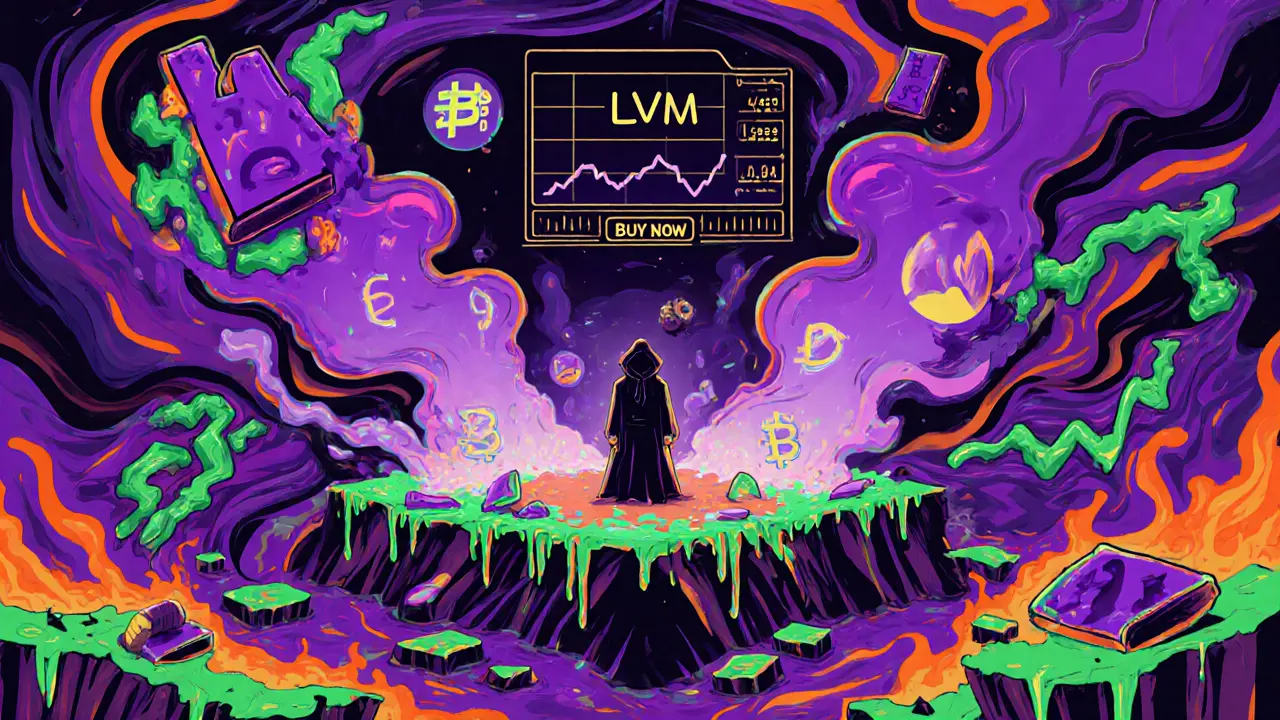Metaverse Crypto: What It Is, How It Works, and What’s Really Happening in 2025
When people talk about metaverse crypto, digital economies built on blockchain that let you own, trade, and interact with virtual spaces and assets. Also known as virtual reality crypto, it’s not about wearing headsets and floating in a cartoon world—it’s about owning pieces of digital land, earning tokens by playing games, and trading NFTs that actually have utility. This isn’t science fiction anymore. It’s happening in games where your character’s skin, weapon, or land plot is a real asset you control—not something a company can delete tomorrow.
Think of it like this: in traditional games, you spend hours grinding for a rare sword, but when the server shuts down, it’s gone. In metaverse crypto, that sword is an NFT stored on the blockchain. You can sell it. Trade it. Use it in another game—if the developers allow it. That’s the shift. NFTs in metaverse, unique digital tokens representing ownership of virtual items like land, avatars, or gear. Also known as digital collectibles, they’re the backbone of these economies. And they’re not just for art. They’re for gameplay. For economies. For real income. Projects like MetaSoccer let you earn MSU tokens by playing soccer matches with your NFT players. That’s not a gimmick—it’s a job for some people.
But here’s the catch: most metaverse crypto projects died in 2022. The hype crashed. The wallets emptied. And what’s left? A few solid ones. MetaSoccer is still running. Some land sales in Decentraland still happen. But the big names? Most are ghost towns. The ones that survived? They focus on real gameplay, not just token speculation. They tie value to actual use—like playing, competing, or building. That’s the difference between a bubble and a platform.
And it’s not just about games. The metaverse crypto space now includes virtual real estate tokenization, digital fashion marketplaces, and even virtual concerts where you buy tickets as NFTs. But none of this matters if the underlying blockchain is slow, expensive, or broken. That’s why most serious projects now run on Solana or Polygon—not Ethereum—because fees and speed actually matter when you’re trading a virtual hat every five minutes.
So what’s left in 2025? Not the flashy ads promising you’ll get rich by buying land in a cartoon city. But real, functional ecosystems where your time and skill translate into digital value. If you’re looking at metaverse crypto, don’t ask if it’s the future. Ask: Is this thing actually used by real people right now? If the answer is yes, and the tokens have clear utility inside the game or platform, then it’s worth paying attention. If it’s just a logo and a whitepaper? Skip it.
The posts below cut through the noise. You’ll find real reviews of active projects, breakdowns of how play-to-earn models actually pay out, and warnings about scams pretending to be metaverse crypto. No fluff. No promises of riches. Just what’s working, what’s not, and why.
What is LakeViewMeta (LVM) crypto coin? The truth behind the metaverse project
LakeViewMeta (LVM) is a crypto project claiming to be a metaverse with play-to-earn games, but it has almost no trading volume, no team, and no working platform. Here's the truth about whether LVM is real or just another dead token.
